I visited Kenfig Nature Reserve yesterday and was able to capture some images of the striking underwing patterning on an Orange Tip butterfly. These were some of my first images of butterflies captured during the 2022 season.
No butterfly better symbolises the arrival of spring than the Orange-tip. They can be challenging subjects to photograph as they will not stay still for long but like to tirelessly roam the countryside. Nevertheless, by studying their behaviour I have observed that they tend to patrol a certain patch of woodland (usually along the hedgerow). So when one flutters away I patiently wait and as sure as night follows day the butterfly returns to pretty much the same spot. Better still, by venturing out early enough in the morning a pristine specimen can often be found roosting on a favoured plant, such as Cuckooflower (more lyrically referred to as ‘Our Ladies Smock’). They also seem to have a licking for Dandelion Heads.
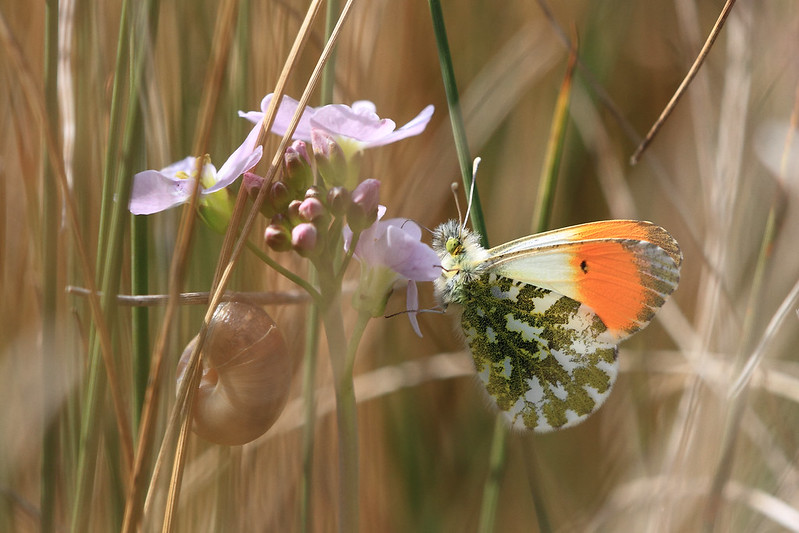
top: Orange tip feeding on Cuckooflower
below: The delicate pale, lylac shades of the Cuckooflower, also lyrically referred to as ‘Our Ladies Smock’
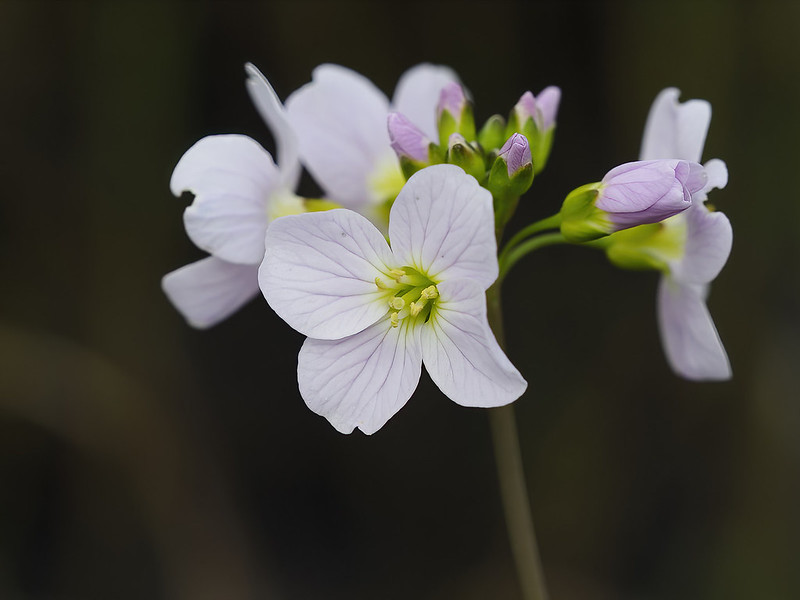
When resting, the undersides of the hindwing are visible and camouflage takes over as the most important form of defence. The exposed wing surfaces are delicately mossed with green (or rather the illusion of green) for the lovely lichen-like mottling is created from an intricate mixture of black and yellow scales.
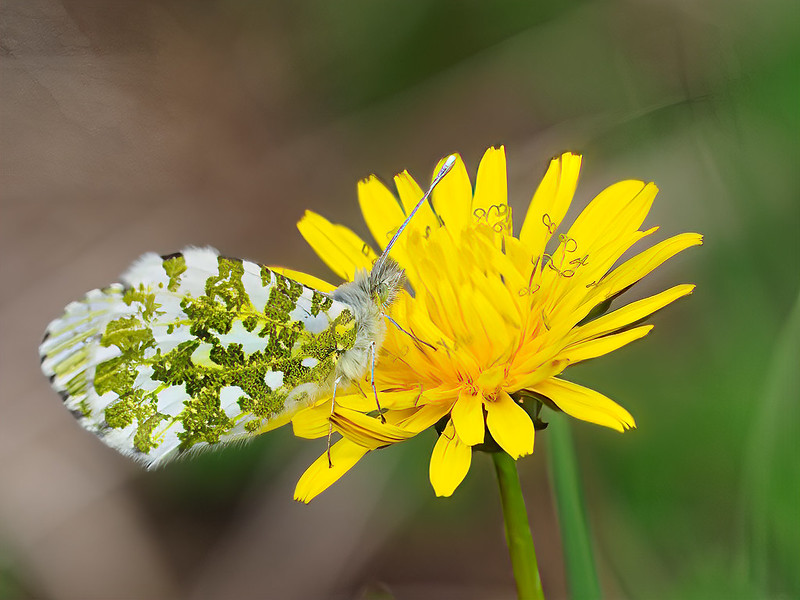
Found early in the morning while still roosting on dandelion head.
Males are unmistakable, due to their bright orange-tipped wings. However females are similar in appearance to other whites. Both males and females when perched with wings closed are readily identified by the beautiful green mottling of the underside of the hindwing.
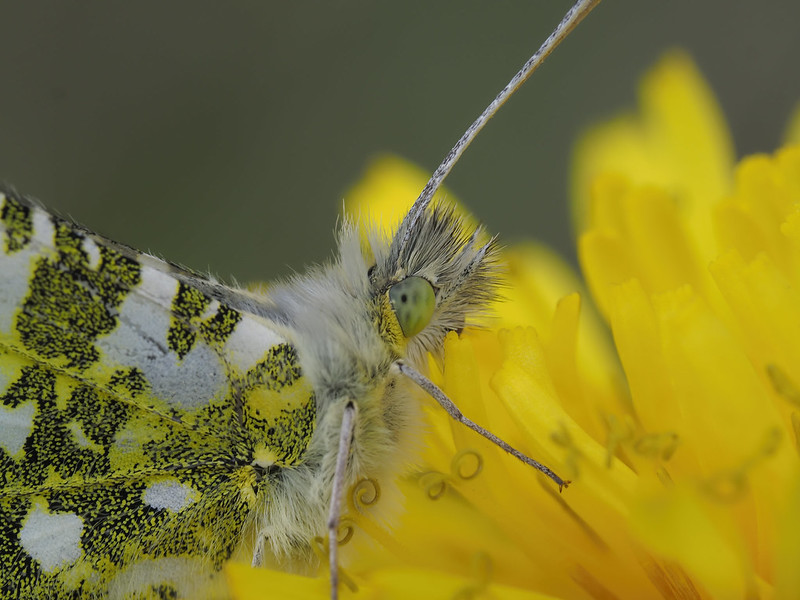
Eight stack image reveals not only the mottled patterning on the wings but also on the compound eyes (due to a series black psuedo pupils).
You may think that having orange tips is a sure signal for predatory birds to come and eat me! However, Orange-tips are are highly distasteful because their bodies contain large amounts of bitter mustard oils, accumulated from their food plants during the caterpillar stage. It therefore pays for the males to advertise this fact and the bright tips of the upper forewings act as a warning signal. Once a bird has tasted an Orange-tip it is reluctant to repeat the experience.
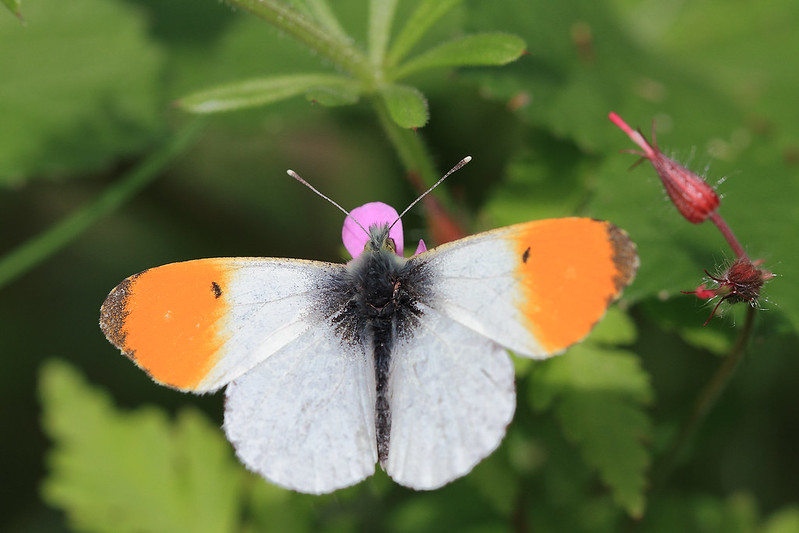
The bright tips of the upper forewings act as a warning signal, “stay clear, I am highly distasteful!”
Orange-tips prefer damp, grassy habitats as well as roadside verges, meadows and grassy woodland glades. This is a nomadic-like, meandering species that seldom pauses for long anywhere and strays over a wide area. They do not form discrete colonies but wander in every direction along hedgerows and woodland margins looking for a mate, nectar sources or food plants.
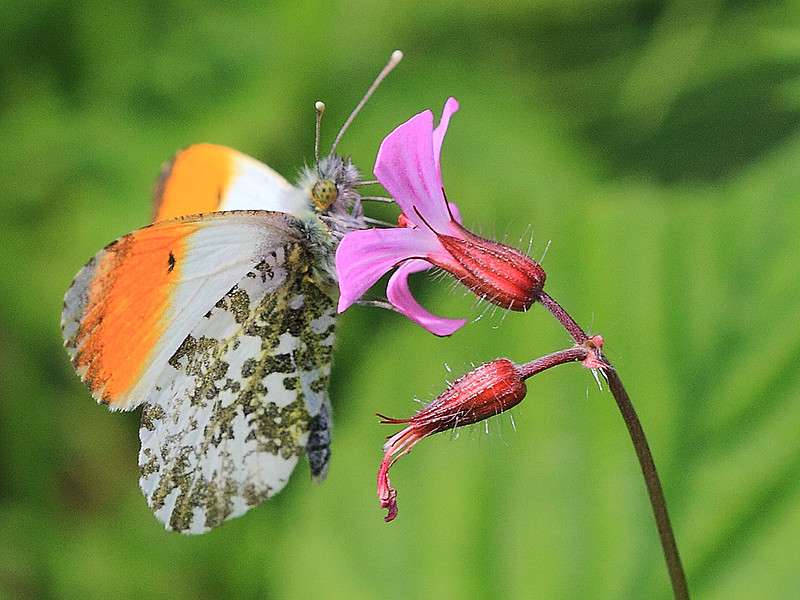
Captured feeding on Red Campion (Silene dioica)
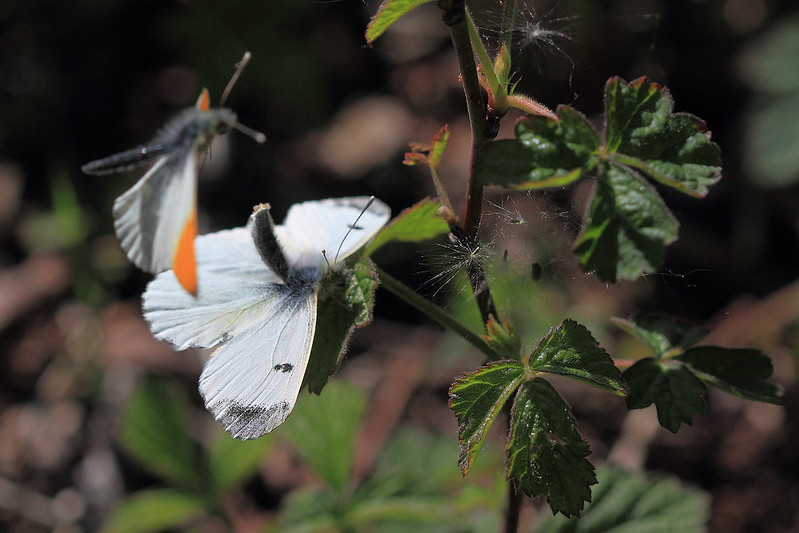
A receptive female raises her abdomen to a passing male

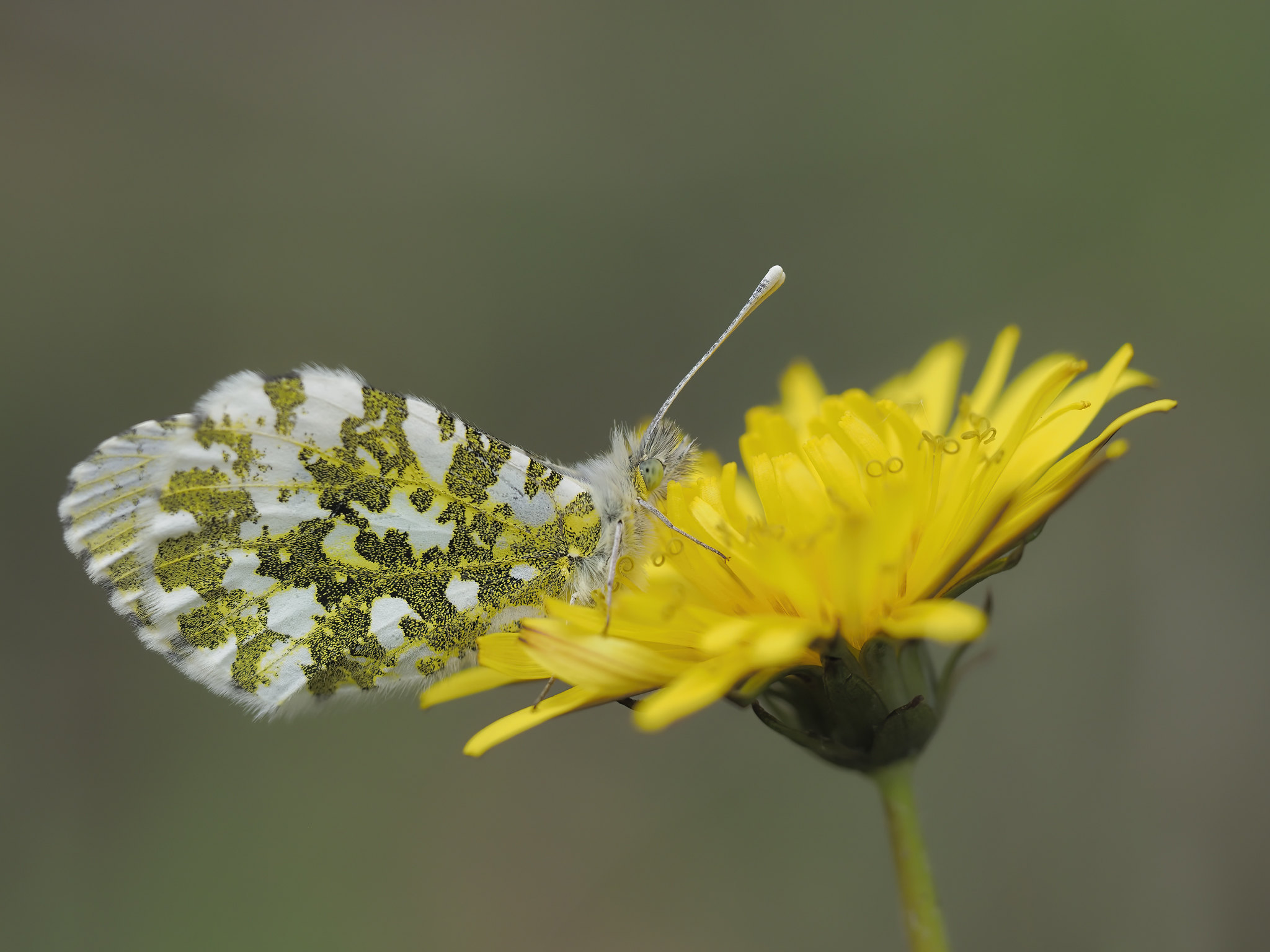
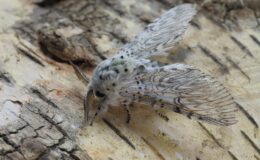
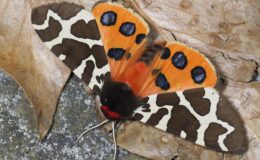
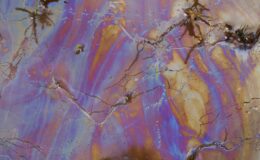
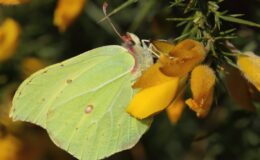
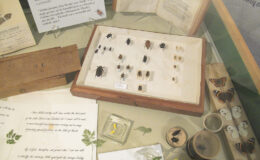
Leave a Comment